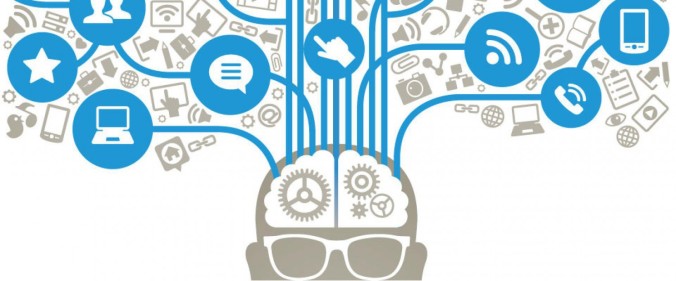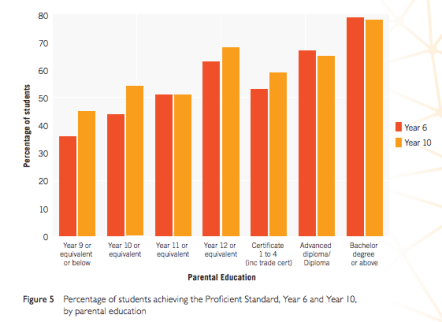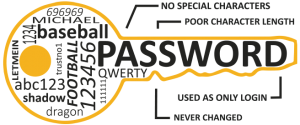Auditory summation: Week 6, DIGITAL FLUENCY

Image 4
Follow the link to the Voki presentation focusing on the Week 6 topic “Digital Fluency”
http://www.voki.com/presenter/playPresentation.php?id=999641aacf5fdedf00b03f1d44f7ee86
Following is the script to my Voki:
Skills, knowledge and attitudes necessary to function in this digital age are considered digital fluency. “In a digital context for learning, fluency involves using technologies readily and strategically to learn, to work and to play ” (Spencer, 2015). Digital fluency is necessary for a range of career choices (Manus, 2013).
We are present during a time where digital technology surrounds us. As educators, facilitators, workers and parents we must learn how to become digitally fluent. This will allow us to navigate information, create information, and being able to support our abilities to pursue learning. “There should be a sense of not only moving towards the skills needed, developing proficiency in key programs and digital technologies” (Howell, 2012, p. 139 ). Therefore, “teachers should seek to develop this critical set of skills” (Howell, 2012, p.139). As teachers, it is very important to develop digital fluency as we have become a part and leaders of the digital world for the next generations. It is also “an expectation of the Australian Curriculum” (Australian curriculum and reporting authority, 2013).
Retrieved from: https://www.youtube.com/watch?v=IZBWETVoaok

This diagram shows the importance of parents being digitally fluent and educated, as it ultimately has an impact on their children achieving a higher digital expectancy. Those students who had parents with a higher education excel more digitally and academically.
Teachers should develop their student’s digital fluency “continually, through a range of interesting and exciting digital means” (Howell, 2012, p. 139). This will provide students access to technology and digital devices to students who might not have access to technology and digital devices at home and their only exposure is through school and teachers. Through completing this task, I have learnt how to incorporate different programs to intrigue and captivate students through integrating technology, both benefitting the educator and students.
References
Australian curriculum ad reporting authority. (2013). General capabilities. Retrieved from: http://v7-5.australiancurriculum.edu.au/generalcapabilities/overview/general-capabilities-in-the-australian-curriculum
Figure 5- Thomson, S. (2015). AUSTRALIAN STUDENTS IN A DIGITAL WORLD. Retrieved from: http://research.acer.edu.au/cgi/viewcontent.cgi?article=1002&context=policyinsights
Howell, J. (2012). Teaching with ICT: Digital Pedagogies for Collaboration and Creativity. Victoria: Oxford University Press.
Image 4. (2016). Digital fluency. Retrieved from: https://www.linkedin.com/pulse/niche-behavioral-analytics-we-all-part-sanjay-s-patil
Manus, S. M. (2013). Getting young people fluent in digital. The Guardian. Retrieved from https://www.theguardian.com/social-enterprise-network/2013/aug/02/young-people-fluent-digital
Spencer, K. (2015). What is digital fluency? Retrieved from: http://blog.core-ed.org/blog/2015/10/what-is-digital-fluency.html


